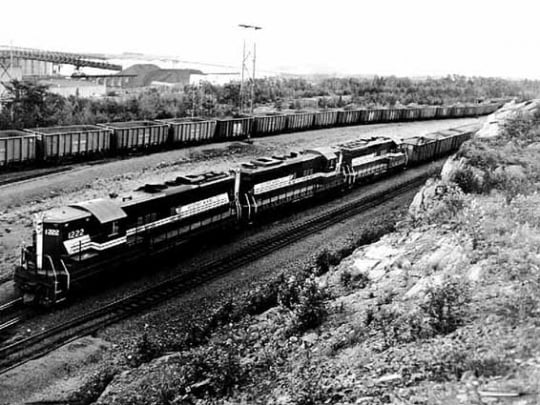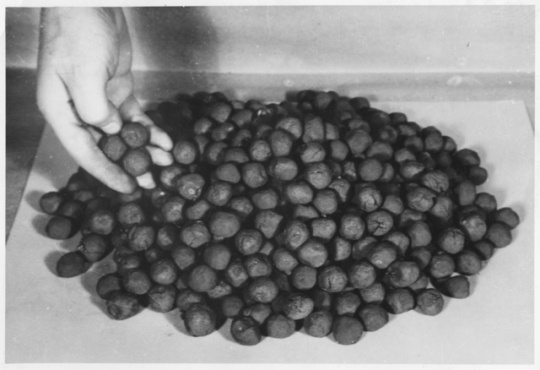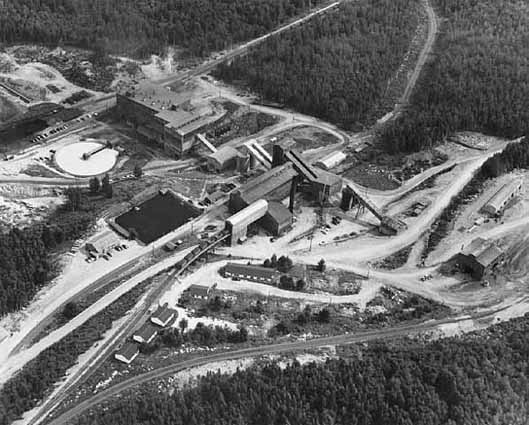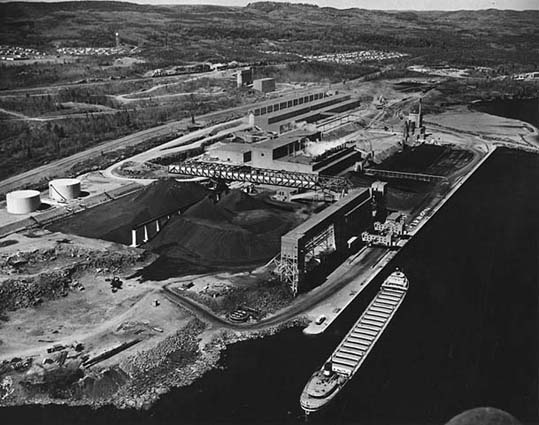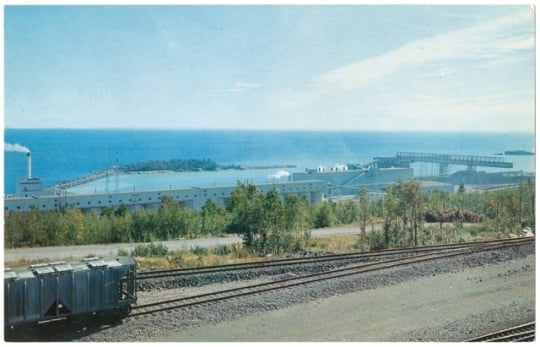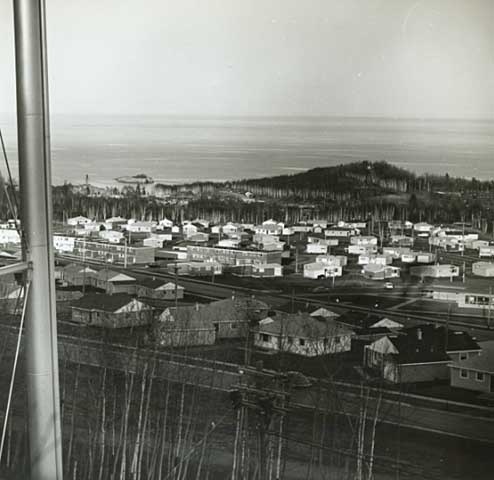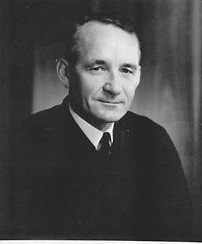Primary
Associated Press. “Reserve is Urged to Seek Accord.” Minneapolis Tribune, January 18, 1974.
Lewis, Finlay. “U.S. to Ask Prompt End to Reserve Discharges.” Minneapolis Tribune, June 15, 1974.
Meier, Peg. “Workers Contemplate Reserve-less Future.” Minneapolis Tribune, April 22, 1974.
“Mining Firm Debates Legal Options.” Minneapolis Tribune, April 22, 1974.
McConagha, Al. “Reserve Tailings are Called Lake Threat.” Minneapolis Tribune, June 8, 1973.
Parsons, James. “Trial Date in Reserve Pollution Case Set.” Minneapolis Tribune, June 21, 1973.
Rebuffoni, Dean. “Judge Calls Tailings ‘Public-Health Menace’.” Minneapolis Tribune, February 6, 1974.
———. “Judge Lord says Reserve Closing Would be Harmful.” Minneapolis Tribune, March 1, 1974.
———. “Judge Orders Reserve Provide Alternative Disposal Plans.” Minneapolis Tribune, January 30, 1974.
———. “Judge to Order Reserve to Halt Use of Lake.” Minneapolis Tribune, February 27, 1974.
———. “Lord Accuses Reserve Officials of Bad Faith.” Minneapolis Tribune, April 25, 1974.
———. “Report Says Asbestos Fibers Found in Duluth Drinking Water.” Minneapolis Tribune, June 16, 1973.
———. “Reserve Can Plan On-Land Disposal.” Minneapolis Tribune, February 8, 1974.
———. “Talks May Bring End to Taconite Discharges.” Minneapolis Tribune, February 2, 1973.
———. “‘Unpredictable’ Judge Kept Courtroom Guessing.” Minneapolis Tribune, April 22, 1974.
“Reserve Given 70-Day Stay on Tailing Discharge.” Minneapolis Tribune, June 5, 1974.
Reserve Mining Company Case Files, 1895–1990 [bulk 1947–1980]
Minnesota, Attorney General, Natural Resources Division
State Archives Collection, Minnesota Historical Society, St. Paul
http://www2.mnhs.org/library/findaids/ag0014.xml
Description: Legal and court documents relating to permits and litigation over Reserve Mining Company's waste control procedures, particularly its disposal of taconite tailings.
Shellum, Bernie. “House Panel Votes to Ban Taconite Discharges.” Minneapolis Tribune, May 2, 1973.
United Press International. “Reserve Mining Ends Lake Waste Disposal.” Minneapolis Tribune, March 17, 1980.
Wolfe, Warren. “Reserve Employees ‘In Shock’.” Minneapolis Tribune, April 22, 1974.
Web
City of Silver Bay. The History of Silver Bay.
http://www.silverbay.com/?page_id=8
“United States v. Reserve Mining Co.” Environmental Law Reporter.
http://elr.info/litigation/%5Bfield_article_volume-raw%5D/20481/united-states-v-reserve-mining-co
Minnesota Historical Society, History Topics. Taconite.
http://www.mnhs.org/library/tips/history_topics/24taconite.html
Entry 543 F. 2d 1210 - United States v. Reserve Mining Company. OpenJurist.
http://openjurist.org/543/f2d/1210/united-states-v-reserve-mining-company









